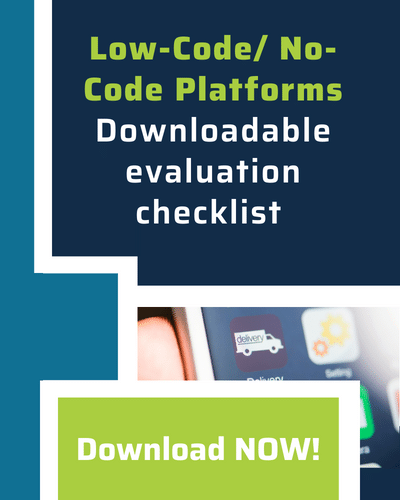Without question, most ERPs have a long life span—or at least longer than anyone thought possible. So, it’s not unusual to come across a business that has a system that is 10 to 20 years old or even dating back to the 1990s. But after years of upgrades, customizations, and add-ons, that “reliable” technology foundation is becoming a stumbling block for business transformation.
Hubert Delloye, a global ERP architect at Vallourec, summed this up fittingly during the ASUG Express webcast, How to Turbocharge Your ECC in 6 Weeks:
“Anyone who is an SAP customer understands the need to leverage ERPs as much as possible. But at the same time, it must be recognized that these software investments are really a system of record, not tools for predictive analytics, automation, and artificial intelligence. And ultimately, this means that certain new innovations should not be added to the ERP.”
However, SAP customers have been forced to customize their SAP ERP system over the years to accommodate new integrations, processes, applications, and key performance indicators. In return, a large amount of institutional knowledge, processes, and business logic has been added to the system. This outcome has left their SAP core unclean, increasing their technical debt and making future digital transformation complicated and risky.
What happens next? SAP advises its customers to migrate their legacy system to SAP S/4HANA. However, a 2021 ASUG survey found that only 33% of SAP customers have migrated to the modern and intelligent ERP. For the remaining 67%, the cost and effort to reassess data repositories, advance data management, recreate processes from scratch, reconnect core and edge technologies, and adjust how people work are too much to bear right now. This process comes with a certain amount of risk and potential disruption, and often continues for an extended time frame.



 Back
Back/Logo%20-%20black%20text%20blue%20pillar%20(large)-1.jpg)

